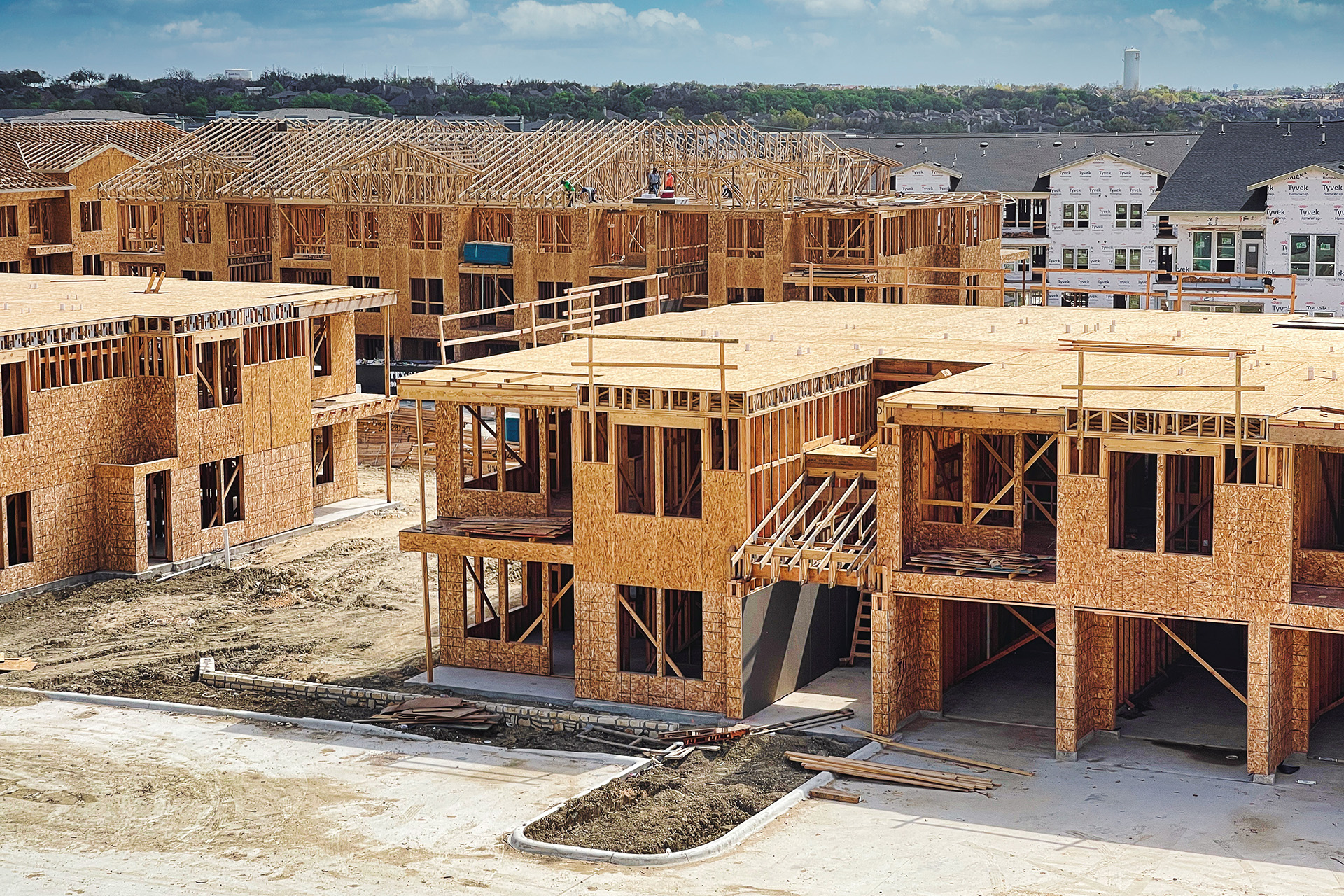The year 2023 has unfolded as a narrative of contrasts in the housing sector, where existing-home and new-home markets are dancing to different tunes. As we delve into the insights provided by Zonda’s survey of builders, a nuanced story emerges, shedding light on the challenges and opportunities shaping the industry.

New-Home Market Challenges:
In October, a significant 64% of builders reported a slower demand than anticipated, marking a departure from the trend observed in recent years. According to industry experts like Wolf, this slowdown is more than just the usual seasonality, describing it as a “seasonality plus” phenomenon. Builders express concerns about the market’s velocity, with entry-level buyers finding themselves priced out, and move-up buyers feeling “spooked” by market dynamics. The slowdown in demand goes beyond typical seasonality, signaling a shift in the new-home market dynamics.
Consumer and Economic Impact:
While the housing market navigates its inflection point, the broader economy remains robust. The third quarter witnessed a remarkable 5% annual growth in the gross domestic product (GDP), fueled by sustained consumer spending on goods and services. Wolf highlights that excess savings, a driving force behind inflation, have been largely spent. However, concerns arise as savings rates dip and credit card balances rise. Student loan payments returning, coupled with potential defaults, pose challenges for the Federal Reserve, which has paused interest rate hikes.
Federal Reserve’s Dilemma:
The Federal Reserve’s dual mandate of maximum employment and price stability is in focus, as the labor market shows gains but remains elevated compared to pre-pandemic levels. Inflation has cooled to 3-5%, providing a backdrop for the Fed’s cautious stance. The delicate balance between a cooling labor market, inflation trends, and the potential need for another rate hike keeps the industry on its toes.
Housing Market Update:
Affordability shocks continue to reverberate through the housing market, notably impacting existing-home sales. Rising mortgage rates, nearing 8% in October, have inflated monthly mortgage payments by 60% in many major markets compared to January 2022. Limited and expensive resale inventory is channeling buyers towards the new-home market, despite the historical price gap between new and existing homes narrowing.
Challenges for Builders:
Builders are grappling with the impacts of “seasonality plus” on the ground. Scarce land, an expensive and undersupplied market, challenging cost environments, and heightened competition characterize their concerns. Land acquisition remains a focus, but with 43% of builders pursuing it at full speed and 53% proceeding cautiously, affordability concerns and rising land prices are prevalent.
Conclusion:
As we navigate the complexities of the housing market in 2023, the interplay between consumer dynamics, economic trends, and industry challenges becomes increasingly intricate. Builders are adapting to a shifting landscape, embracing strategies to address affordability concerns and meet the demands of a market experiencing a unique blend of seasonality and broader economic influences. The journey ahead for the housing industry promises both hurdles and opportunities, shaping the narrative of 2023.
We are here to answer any questions you might have – just email robin@smithteamlasvegas.com
Thanks and make it a terrific day.

